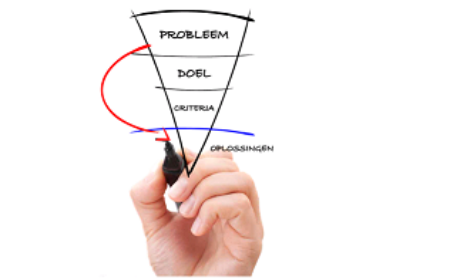S&OP: why your solution may be the problem!

In his brilliant book “Leading without Commanding”, Filip Vandendriessche describes how managers often create their own problems. By managing on input rather than output, they create resistance rather than buy-in. This simple observation also holds important lessons for S&OP.
In a process where people make the difference, input management kills creativity and commitment. S&OP practitioners generally are middle to senior managers that are more than capable of figuring out how to get things done. By micro-managing them, the organisation risks losing their drive, valuable input and most likely over time their participation in the process.
Vision and inspiration required
So how should it be done? S&OP is a process that requires vision and inspiration more than explanation. Easier said than done, but fortunately Vandendriessche gives us a number of useful recommendations:
- Ensure consensus about the problem. Why does your organisation need S&OP and what problems should it address? What is the business value and what’s in it for all participants?
- Make an explicit distinction between input and output. Then manage on output and leave the “how” to the practitioners. If they ask for guidance on how to run an effective S&OP process, the S&OP manager should obviously listen and support wherever he/she can.
- Define goals and objectives that are verifiable.
- Ensure that incentives are aligned with these objectives. “An organisation does not achieve what it wants, but what it rewards”.
- Keep asking the question whether the business performance is acceptable and whether the current S&OP process is still effective in addressing sub-standard performance. Adjust the process and participation when necessary.
Business process
S&OP is a business, not a supply chain process. Ideally it should be owned and driven by the commercial functions, right? Maybe, but practice shows that in virtually all companies, S&OP is owned and driven by supply chain, not by sales. In fact, getting non-supply chain functions truly engaged proves to be the main challenge in all but a few instances. Surely, sales managers have less internal / process focus than supply chain managers on average. But it may also have something to do with supply chain’s process bias when talking about S&OP. By trying to input-manage sales, supply chain probably reduces sales’ buy-in to the process. In other words: by focusing on “their” solution rather than on the intended output, supply chain may very well create their own problem!



